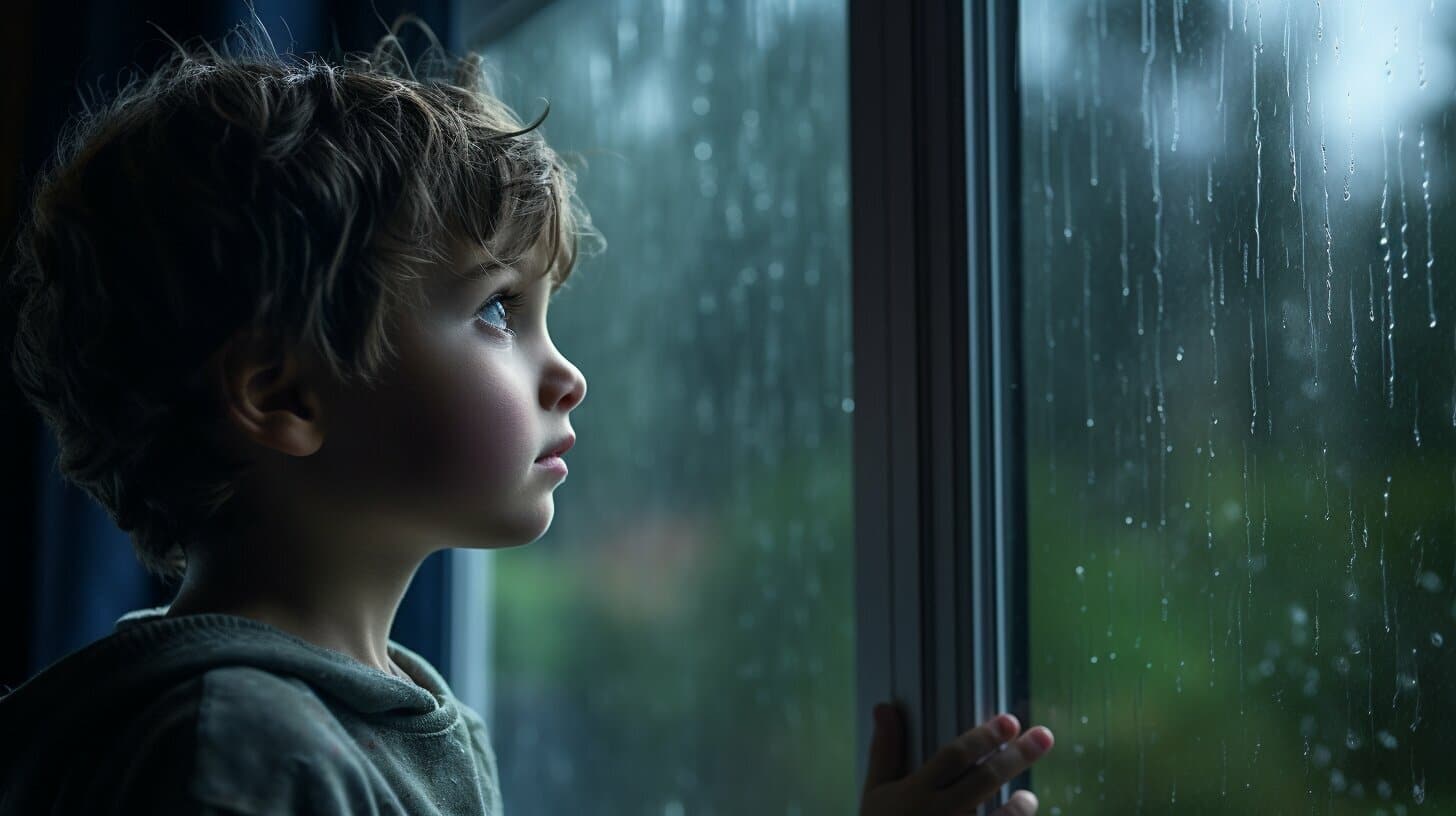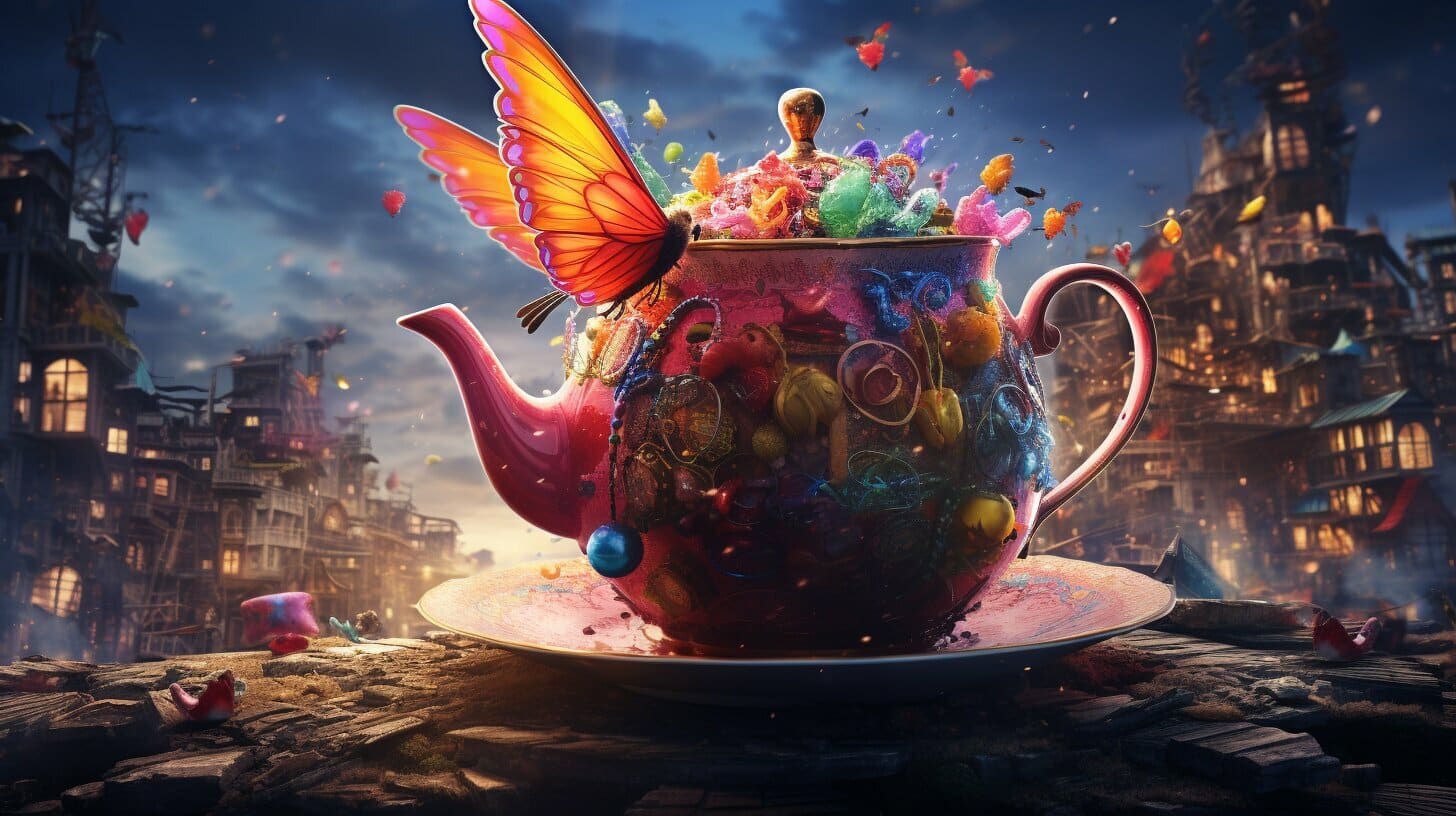If your child loves cartoons and movies, they may be curious about how their favorite characters come to life. Explaining animation to a child might seem like a daunting task, but with the right approach, it can be a fun and easy way to spark their imagination and creativity.
In this article, we will provide you with a beginner’s guide to explaining animation to a child. We will cover the basics of what animation is, how it works, and the history of animation. We will also introduce some famous animated characters and movies and provide suggestions for children to create their own animation. By the end of this article, you will have all the tools you need to help your child understand and appreciate the magic of animation.
Key Takeaways:
- Explaining animation to a child can be done in a fun and easy way.
- Animation is the process of creating the illusion of movement through a series of images or drawings.
- Animation is used in movies, TV shows, and games to bring characters and stories to life.
- Introducing children to famous animated characters and movies can help grow their love for animation.
- Children can create their own animation through simple activities and apps.
What is Animation?
Animation is the art of creating moving images by rapidly displaying a sequence of static pictures. This may sound complicated, but it’s actually pretty simple!
Think about a flipbook, where you draw a sequence of pictures on the pages and flip them quickly to see the images come to life. Animation works much the same way, but instead of flipping pages, technology displays the pictures on a screen, making them appear to move.
Animation is used in a variety of media, including movies, TV shows, video games, and even advertising. It brings characters and stories to life and adds an extra layer of excitement and wonder to any visual experience.
There are many different techniques used in animation, from traditional hand-drawn animation to computer-generated animation. Each technique has its own unique benefits and challenges, but the end result is always a magical and captivating moving image.

How Does Animation Work?
Animation works by creating the illusion of movement through a series of images. These images are called frames and are shown in quick succession to give the appearance of motion.
First, the animator creates a storyboard, which is a visual outline of the animation. Then, they create the individual frames, either by drawing them by hand or using computer software. Each frame is slightly different from the one before it, creating the illusion of movement when played in sequence.
Timing is also crucial in animation. The animator must determine how many frames per second will be used to create the desired effect. For example, 24 frames per second (fps) is commonly used in movies, while 12 fps is often used in television shows.
There are many different animation techniques, including traditional hand-drawn animation, stop-motion animation, and computer-generated animation. Each technique has its own unique process, but the basic principles of creating frames and timing remain the same.

Fun Fact: The first animated movie ever made was The Humorous Phases of Funny Faces in 1906.
The History of Animation
Animation has come a long way since its humble beginnings in the 19th century. Today, animation is an integral part of entertainment, from movies and TV shows to video games and social media. Let’s take a brief look at the history of animation and how it has evolved over the years.
| Year | Event |
|---|---|
| 1832 | The first phenakistoscope is invented by Joseph Plateau, which creates the illusion of a moving image through a series of drawn pictures on a spinning disc. |
| 1877 | Eadweard Muybridge’s photographs of a galloping horse set the basis for motion picture. |
| 1892 | Emile Reynaud creates the first projected animated film, Pantomimes Lumineuses. |
| 1906 | J. Stuart Blackton’s The Humorous Phases of Funny Faces is generally considered the first animated film. |
| 1928 | The release of Walt Disney’s Steamboat Willie, the first synchronized sound cartoon, marks the debut of Mickey Mouse. |
| 1937 | Disney releases their first full-length animated feature, Snow White and the Seven Dwarfs. |
| 1995 | Pixar’s Toy Story is the first entirely computer-generated animated feature film. |
| 2021 | Animation continues to thrive, with a wide range of techniques and mediums being used to create stunning visuals and tell captivating stories. |
Throughout its history, animation has undergone various techniques and technologies. Traditional hand-drawn animation was once the norm, but now computer-generated animation and motion capture technology are commonly used, enabling greater accuracy and detail. The use of animation in advertising, gaming, and education has also increased over time.

Famous Animated Characters and Movies
Animation has brought us some of the most beloved and iconic characters of all time. From classic Disney characters to modern heroes, they have captured the hearts of generations of children and adults alike. Here are some of the most famous animated characters and movies:
| Character | Movie/Show |
|---|---|
 Mickey Mouse
Mickey Mouse
|
Mickey Mouse shorts, Fantasia, The Mickey Mouse Club |
 Elsa
Elsa
|
Frozen, Frozen 2 |
 Buzz Lightyear
Buzz Lightyear
|
Toy Story, Toy Story 2, Toy Story 3, Toy Story 4 |
These characters and movies have become a part of popular culture and have inspired countless fans to explore the world of animation further. Whether your favorite animated character is a talking animal, a brave adventurer, or a magical princess, animation has something for everyone.
Creating Your Own Animation
Now that you know the basics of animation, why not try creating your own? There are plenty of fun and easy ways to experiment with animation and let your creativity shine.
One simple idea is to create a flipbook. Draw a series of images on post-it notes or index cards, making slight changes to each one to create the illusion of movement when you flip through them quickly. You can even print out pre-made flipbook templates to use as a guide.
Another fun option is to make a stop-motion animation using household objects. Grab some toys or objects and take a series of pictures, moving the objects slightly between each shot. Then, stitch the pictures together using an app or software to create a short animated clip.

If you’re feeling more ambitious, you can explore animation apps and software, like Flipaclip, Toontastic, or Scratch. These tools allow you to easily create digital animations using various techniques and tools.
Regardless of which method you choose, the most important thing is to have fun and experiment. Don’t worry about making mistakes or following strict rules – animation is all about letting your imagination run wild!
The Magic of Animation
Animation is truly magical! It allows us to create and bring to life anything we can imagine. Remember when you saw your favorite characters move and talk on screen for the first time? That feeling of wonder and amazement is one of the many reasons why animation is so special.
With animation, we can journey to fantastical worlds and meet extraordinary characters. We can tell exciting stories that make us laugh, cry, and feel all sorts of emotions. The only limit to what we can create is our own imagination!
So, let your creativity soar and explore the magic of animation. Who knows? You might just discover a whole new world of storytelling and artistry.

Careers in Animation
Animators are the creative minds behind some of your favorite animated movies and TV shows. They bring characters to life and create captivating stories that capture the imagination of audiences of all ages.
If you love drawing, storytelling, and technology, a career in animation might be perfect for you. As an animator, you can work on various projects, from movies and TV shows to games and advertisements. You can also specialize in different areas, such as character design, motion graphics, or visual effects.
Other careers in the field of animation include storyboard artists, who create visual blueprints for an animation project, and riggers, who create the digital skeletons that allow characters to move realistically.

Pursuing a career in animation requires dedication and passion. You need to have a strong portfolio of your work to showcase your skills and creativity. You can also attend animation schools or workshops to improve your knowledge and skills.
With the demand for skilled animators increasing, a career in animation can be both exciting and rewarding.
Animation Resources for Kids
There are many great resources available to help children learn more about animation. Here are some of the best:
- Books: There are many books available that are perfect for introducing children to the world of animation. Some great options include “The Animator’s Survival Kit” by Richard Williams and “The Illusion of Life” by Frank Thomas and Ollie Johnston.
- Websites: There are many websites that offer tutorials, activities, and resources related to animation. Some great options include “Animation for Kids” on Khan Academy and “AniZone” on the Animation World Network website.
- Animation Software: Many animation software programs offer free or low-cost versions that are perfect for children to experiment with. Some popular options include Blender, Pencil2D, and Animaker.
By using these resources, children can continue to explore the world of animation and discover new ways to express their creativity.

Tips for Appreciating Animation
Watching animated movies is just the beginning! Here are some tips to help you appreciate the magic of animation even more:
- Watch behind-the-scenes videos: You can find tons of videos online that show you how your favorite animated movies were made. These are a great way to learn more about the animation process and the people behind it.
- Attend animation festivals or exhibitions: Many cities host animation festivals or exhibitions where you can see the latest animated shorts and features. These events are a great way to immerse yourself in the world of animation and meet other animation fans.
- Discuss your favorite animated movies with friends and family: Sharing your thoughts and opinions on your favorite animated movies can help you appreciate them even more. You might discover new things about the movie that you never noticed before.
By following these tips, you can deepen your understanding and appreciation of animation. Who knows? Maybe one day, you’ll be the one creating your own animated masterpieces!

Conclusion
Congratulations! You’ve just learned how to explain animation to a child. By breaking down the concepts of animation into simple language and examples, you’ve opened up a world of creativity and imagination for children of all ages.
Remember, animation is not just for entertainment – it’s a powerful tool for storytelling, education, and self-expression. Encourage your child to explore animation further by creating their own animation, visiting animation festivals, and continuing their learning journey with animation resources.
Your Role as a Guide
As a parent, caregiver, or educator, you play a crucial role in nurturing your child’s love for animation. By encouraging their creativity, providing resources, and leading by example, you can spark their curiosity and grow their passion for this magical art form.
So go ahead and share your knowledge of animation with the children in your life. Who knows, you might just inspire the next generation of animators!
Can You Explain the Difference Between Graphic Artist and Digital Artist in Terms of Animation to a Child?
A graphic artist and a digital artist both use technology to create artwork, but there is a difference between them. Imagine a graphic artist as someone who draws on paper, and a digital artist as someone who draws on a computer. In animation, a graphic artist might draw characters by hand, while a digital artist would create them using special software. So, the difference between graphic artist and digital artist in terms of animation is the tools they use to create their artwork.
FAQ
Q: How can I explain animation to my child?
A: Explaining animation to a child can be done in a fun and easy way. Start by telling them that animation is a way of making pictures or drawings move. You can show them examples of animated movies or TV shows and explain that each movement is created by showing a series of pictures very quickly. This creates the illusion of movement and brings characters and stories to life.
Q: How does animation work?
A: Animation works by creating a sequence of images or drawings called frames. Each frame is slightly different from the previous one, making it look like the characters or objects are moving. These frames are then played back at a rapid speed, usually 24 frames per second, to create the smooth motion we see in animations. Different techniques, such as hand-drawn animation or computer-generated animation, can be used to create these frames.
Q: What is the history of animation?
A: Animation has a rich history that goes back many years. It all started with simple drawings on paper that were flipped through rapidly to create motion, known as flipbooks. Over time, animators developed new techniques and technologies, such as cel animation and computer-generated imagery (CGI). Today, animation is an integral part of entertainment, with iconic characters and movies that have captured the hearts of millions.
Q: Can my child create their own animation?
A: Absolutely! There are many ways for children to create their own animations. They can start by drawing a series of pictures on sticky notes or index cards and flipping through them to see their drawings come to life. Another fun option is to make a stop-motion animation using toys or objects they have at home. There are also animation apps and software available that can be used to create digital animations. Encourage your child to experiment and let their creativity shine!
Q: Are there any resources available for kids who want to learn more about animation?
A: Yes, there are plenty of resources available for kids who are interested in learning more about animation. There are books that explain animation in a kid-friendly way, websites that offer tutorials and activities, and online videos that show behind-the-scenes of animated movies. These resources can help your child continue their learning journey and explore animation further.
Q: How can my child develop a greater appreciation for animation?
A: To develop a greater appreciation for animation, your child can watch behind-the-scenes videos of animated movies to see how they are made. They can also attend animation festivals or exhibitions to see the work of different animators and discuss their favorite animated movies with friends and family. Encourage them to analyze and appreciate the artistry and effort behind animation.
Q: What are some careers in animation?
A: There are many exciting careers in the field of animation. Some examples include animators, who create the movement in animations; storyboard artists, who plan out the visual storytelling; and character designers, who create the look and feel of the characters. If your child loves drawing, storytelling, and technology, a career in animation might be a perfect fit for them!
Q: How can I inspire my child to love animation?
A: To inspire your child to love animation, start by introducing them to some of the most famous animated characters and movies. Show them how animation allows us to bring anything we can imagine to life and create fantastical worlds and exciting stories. Encourage them to embrace their imagination and explore their own creativity through animation.






